Mission Overview
HERMES is ARIS’s pioneering bi-liquid propulsion rocket project. Our mission is to be the first Swiss student rocketry team to launch a bi-liquid rocket to 3 km at EuRoC 2025, pushing the boundaries of what student-led aerospace projects can achieve. By combining innovation, collaboration, and cutting-edge technology, HERMES is setting a new standard for student rocketry and embodying a vision for the future of Swiss student aerospace engineering.

In addition to achieving a successful bi-liquid launch, HERMES features a student-designed guided recovery system. This important advancement improves the rocket’s reusability and minimizes its environmental footprint by enabling precise, safe landings. Our modular design allows the project to evolve, with an ambitious target of reaching 9 km at EuRoC 2026.
Statistics
Our Primary Objectives
Engineering Breakdown

HERMES features several key sections, starting from the nose cone down to the propulsion system, showcasing an intricate design aimed at achieving precision and success.
Nose Cone & Payload Section:
The nose cone houses the payload and is designed to provide aerodynamic efficiency during ascent. At apogee, the nose cone separates to deploy the recovery system. The payload, vital for various mission objectives, is safely integrated within this section.
Recovery Section:
Equipped with a dual-stage parachute system, this section ensures a controlled descent after apogee. The drogue chute provides initial stabilization, followed by a ram-air parachute for guided recovery, ensuring the rocket lands precisely and safely.
Avionics & Electronics Bay:
This section contains the brain of the rocket, managing flight control, telemetry, and data transmission. The avionics system ensures real-time communication with the ground station and controls key functions during the flight.
Propellant Tanks & Structure:
The core of HERMES holds cryogenic tanks for liquid oxygen and ethanol, supported by a robust yet lightweight structure designed to withstand the intense forces during launch and flight.
HEPHAESTUS Engine:
In collaboration with the HEPHAESTUS Focus Project, HERMES is powered by a bi-liquid propulsion engine. This engine plays a critical role in achieving our 3km altitude goal at EuRoC 2025, with future potential for even higher altitudes.
Remote Filling Station (RFS):
The RFS enables safe and precise fueling of the rocket’s liquid propellants. Designed to handle cryogenic fluids, it ensures accurate filling on the launch pad.
Engine Test Bench (ETB):
Built to support static fire tests, the ETB provides a controlled environment for validating the performance of the bi-liquid engine. It is an essential tool for ensuring the engine’s safety and reliability before launch.
Check out the latest progress report of HERMES
Main Partners

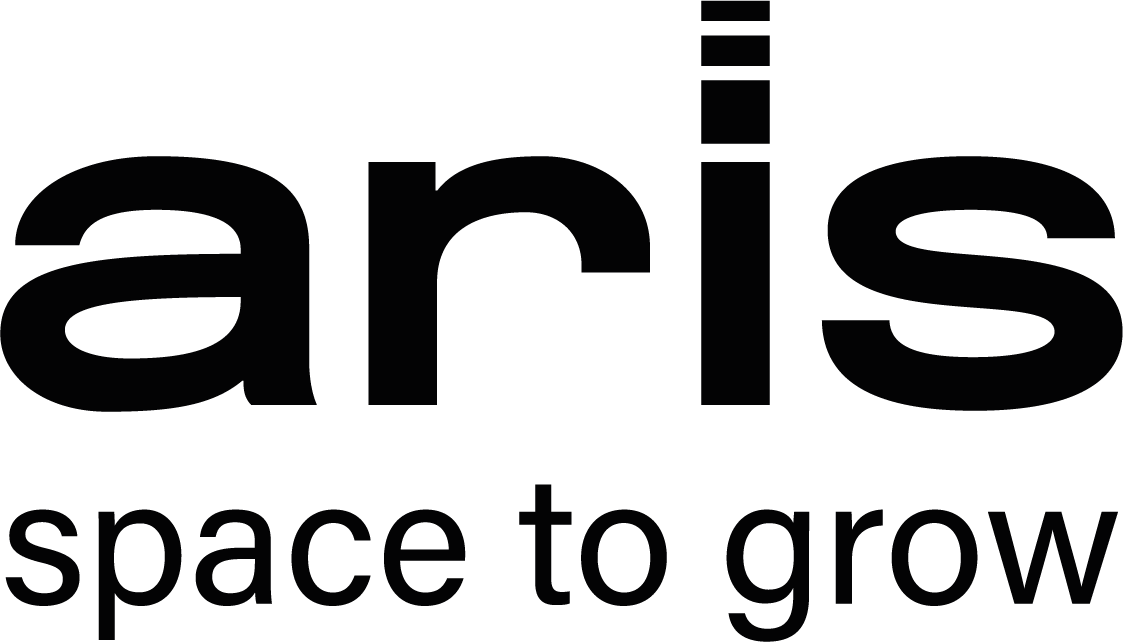





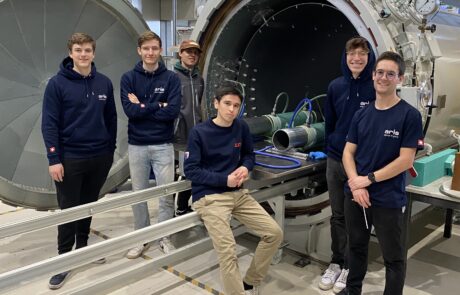


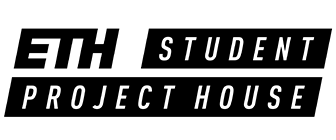


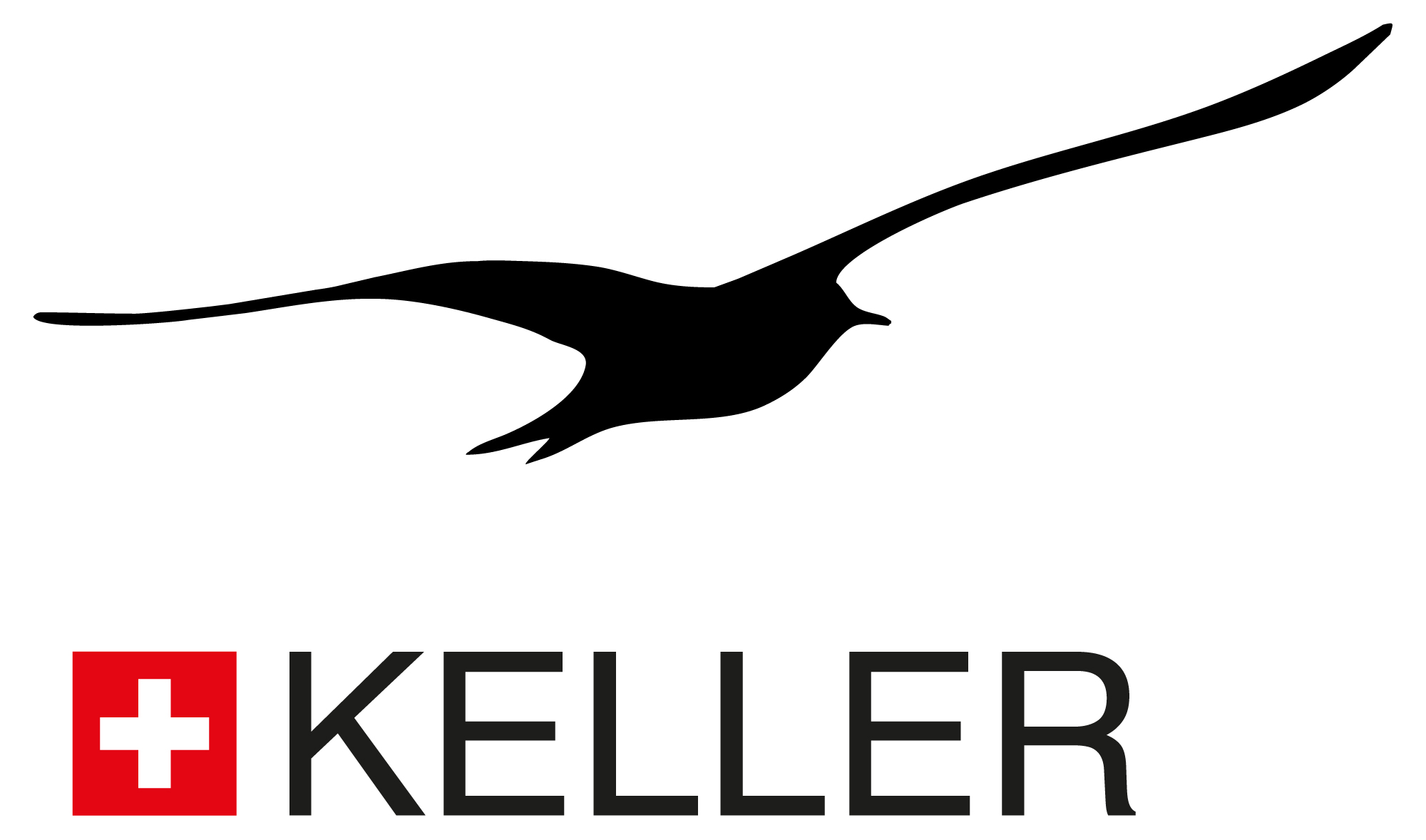


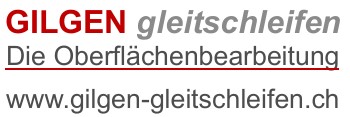

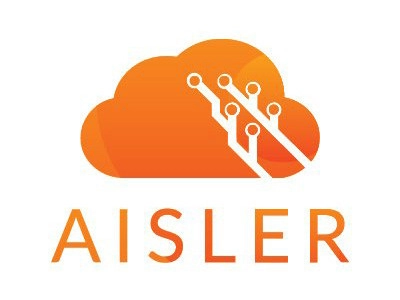
Social Contact